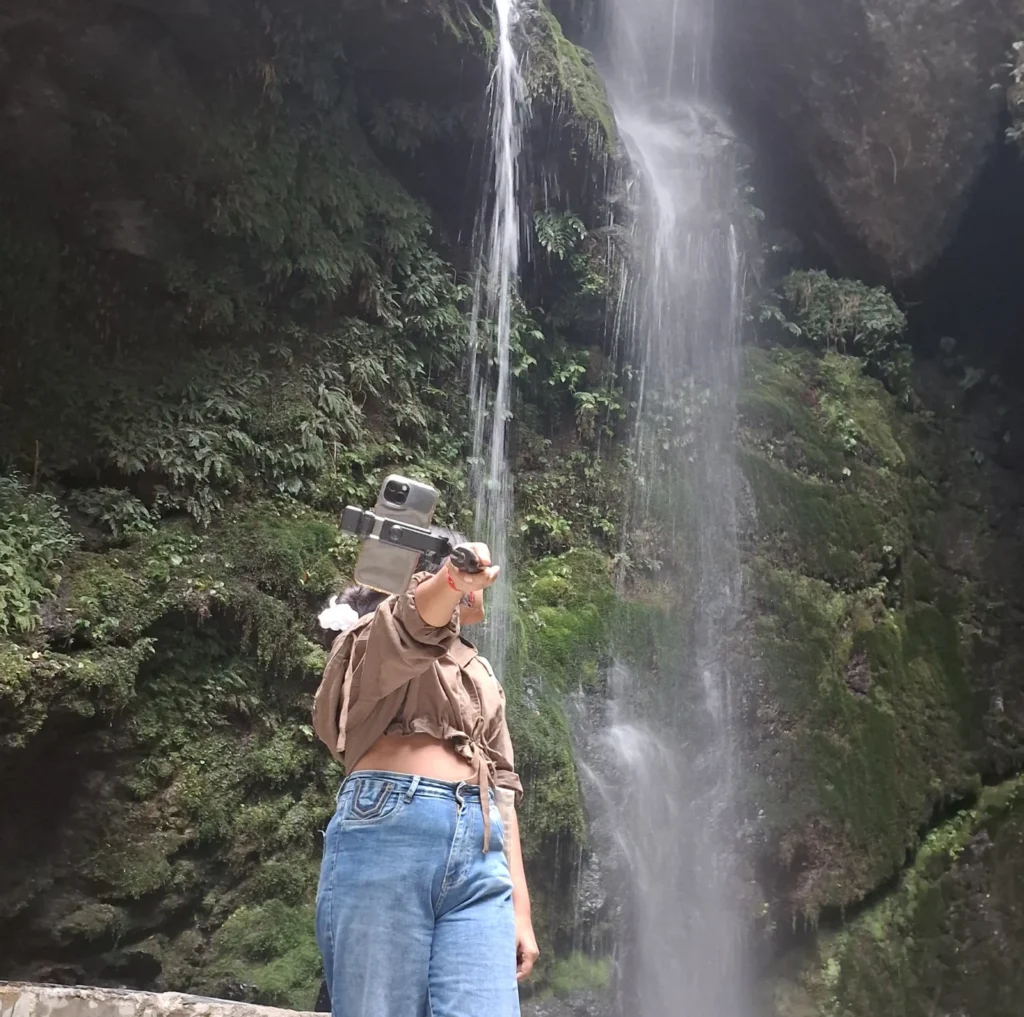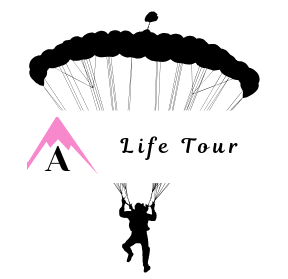Banaras, the eternal city, has always been a place where time folds into ritual, where the sacred and the everyday walk hand in hand. On the full moon night of Kartik Purnima, the city transforms into something luminous and otherworldly. This is Banaras Dev Deepavali, a festival not just of lights, but of divine presence.
The ghats shimmer with millions of diyas, the air hums with chants and conch shells, and the river reflects a sky full of devotion. The city doesn’t just celebrate—it glows, breathes, and remembers.
For travelers and seekers alike, witnessing Dev Deepawali in Banaras is not just a visual spectacle—it’s a spiritual immersion. Let’s walk through the traditions, rituals, and cultural heartbeat of this celestial celebration.
Why Dev Diwali is Celebrated: Meaning, Beliefs & Rituals!

Dev Deepawali, literally “Diwali of the Gods,” is celebrated fifteen days after Diwali, on Kartik Purnima. According to legend, it marks the victory of Lord Shiva over the demon Tripurasura. On this night, it is believed that all the gods descend to Earth to bathe in the Ganga, sanctifying the river and the city itself.
This belief transforms the ghats into a divine stage. Over 100 ghats are lit with millions of diyas (earthen lamps), each flame a prayer, a memory, a wish. The river reflects this golden glow, creating a mirror of the heavens.
The day begins with devotees taking a holy dip in the Ganga at sunrise. As dusk approaches, preparations begin for the grand Ganga Aarti. Priests in saffron robes perform synchronized rituals with conch shells, incense, and fire lamps, invoking the river goddess and the divine visitors.
Volunteers, locals, and pilgrims light diyas along the steps of the ghats, on boats, and even float them on the river. The sight is breathtaking—an undulating sea of light and devotion. Cultural performances, classical music, and dance unfold on open-air stages, adding rhythm to the reverence.
The Ghats: Where the Festival Breathes

While all ghats participate, some become epicenters of celebration. Dashashwamedh Ghat hosts the most elaborate aarti. Assi Ghat becomes a hub for cultural programs. Rajendra Prasad Ghat and Chet Singh Ghat are known for their intricate diya arrangements.
Boat rides during Dev Deepawali are a must. From the water, one can see the entire crescent of the ghats lit up, the reflections shimmering like stars on the river. It’s a moment where silence and awe take over.
The Community Spirit
What makes Banaras Dev Deepawali truly special is the collective spirit. Thousands of volunteers, including students and local families, come together to light diyas, clean ghats, and guide visitors. It’s a festival of the people, by the people, for the gods.
Even homes and rooftops are lit, and temples across the city hold special prayers. The air is thick with incense, marigold, and the sound of bells and bhajans. It’s not just a festival—it’s a city-wide offering.

A Living Tradition
Dev Deepawali is not a tourist event—it’s a living, breathing tradition. It’s where mythology meets modernity, where devotion becomes art. It’s a reminder that Banaras is not just a city—it’s a state of being.
Conclusion
To witness Banaras Dev Deepawali is to witness the divine made visible. It’s not just a festival—it’s a moment when the sacred steps out of myth and into the flicker of a thousand flames. Whether you arrive as a pilgrim seeking blessings or as a traveler chasing beauty, you leave as something more—a participant in a ritual that has outlived empires and eras.
In a world that often rushes past the sacred, Dev Deepawali invites you to pause. To look. To feel. It’s not just about the lights—it’s about what they reveal: a city that still believes, still gathers, still sings to its gods. A city that welcomes the divine not with spectacle, but with sincerity.
And in that glow, you might just remember something too—about presence, about faith, about the quiet power of coming together in celebration of something greater than ourselves.



